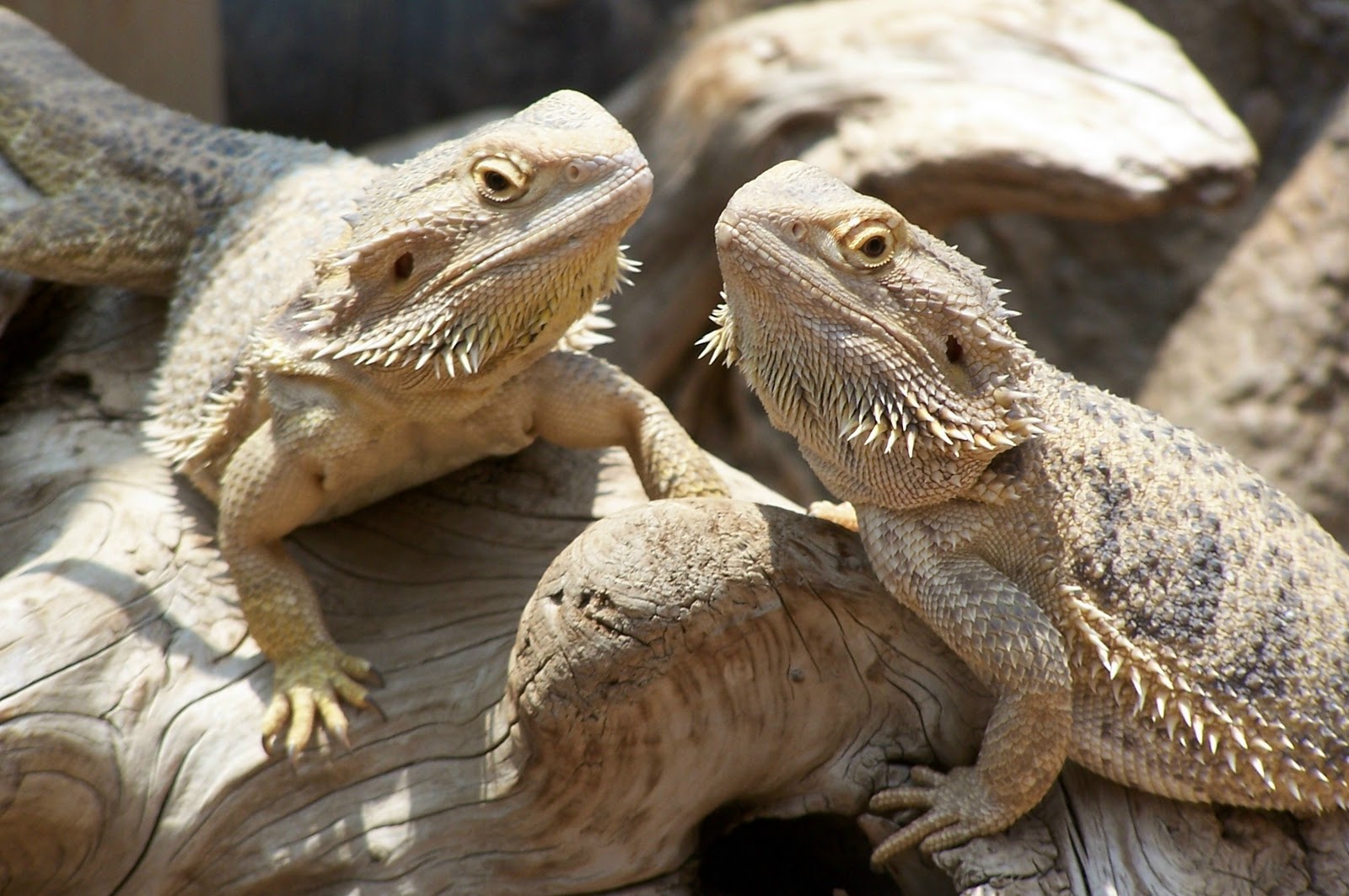Bearded Dragon Care: How to Take Care of Your New Pet
Bearded Dragon Care: How to Take Care of Your New Pet

If you’ve just welcomed a bearded dragon into your life, congratulations! These fascinating reptiles make great pets and are relatively easy to care for, as long as you know what you’re doing. In this blog post, we’ll cover all the basics of bearded dragon care to help ensure that your new pet is happy and healthy.
Habitat and Housing
The first step in bearded dragon care is setting up a suitable habitat. Bearded dragons are native to the arid regions of Australia, so they need a warm and dry environment with plenty of space to roam. Here’s what you’ll need to set up your bearded dragon’s home:
- A tank or enclosure that’s at least 40 gallons in size (larger is better)
- A heat lamp or UV light to provide warmth and light (bearded dragons need both)
- A substrate or bedding (avoid sand, as it can be harmful if ingested)
- A hide box or shelter where your bearded dragon can retreat to when feeling stressed
- Decorations, such as rocks and branches, to provide climbing opportunities and stimulation

Feeding Your Bearded Dragon
Bearded dragons are omnivores, meaning they eat both plant and animal matter. Their diet should consist of:
- Leafy greens, such as kale and collard greens
- Vegetables, such as carrots and squash
- Fruits, such as berries and melons
- Insects, such as crickets and mealworms
It’s important to provide your bearded dragon with a varied diet to ensure they get all the nutrients they need. Offer fresh food every day, and remove any uneaten food before it spoils. Be sure to also provide a shallow bowl of water for your bearded dragon to drink from.
Temperature and Lighting
Bearded dragons are cold-blooded, meaning they rely on their environment to regulate their body temperature. It’s important to provide a basking spot for your bearded dragon, where they can soak up direct heat from a heat lamp or basking light. The basking spot should be around 95-105 degrees Fahrenheit, with the rest of the tank kept around 75-85 degrees Fahrenheit during the day.
In addition to warmth, bearded dragons also need UV light to synthesize vitamin D3, which is essential for healthy bones. Be sure to provide a full-spectrum UVB bulb, which should be replaced every 6-12 months, according to the manufacturer’s instructions.

Handling Your Bearded Dragon
Bearded dragons are generally docile and enjoy being handled, but it’s important to approach them gently and respect their space. When picking up your bearded dragon, support their entire body and avoid grabbing them by the tail, which can cause injury. Be sure to also wash your hands before and after handling your bearded dragon to prevent the spread of illness.
Common Health Issues
Bearded dragons are relatively healthy animals, but there are a few health issues to watch out for. These include:
- Parasites, such as mites and ticks
- Respiratory infections, which can be caused by improper temperature or humidity
- Metabolic bone disease, which can result from a lack of calcium or vitamin D3 in the diet
If you notice any signs of illness in your bearded dragon, such as lethargy, loss of appetite, or difficulty breathing, be sure to consult with a reptile veterinarian as soon as possible.
Conclusion
Bearded dragons are fascinating and rewarding pets, but they do require some basic care and attention to thrive. By following the guidelines we’ve outlined in this blog post, you’ll be well on your way to providing a happy and healthy home for your new pet.

